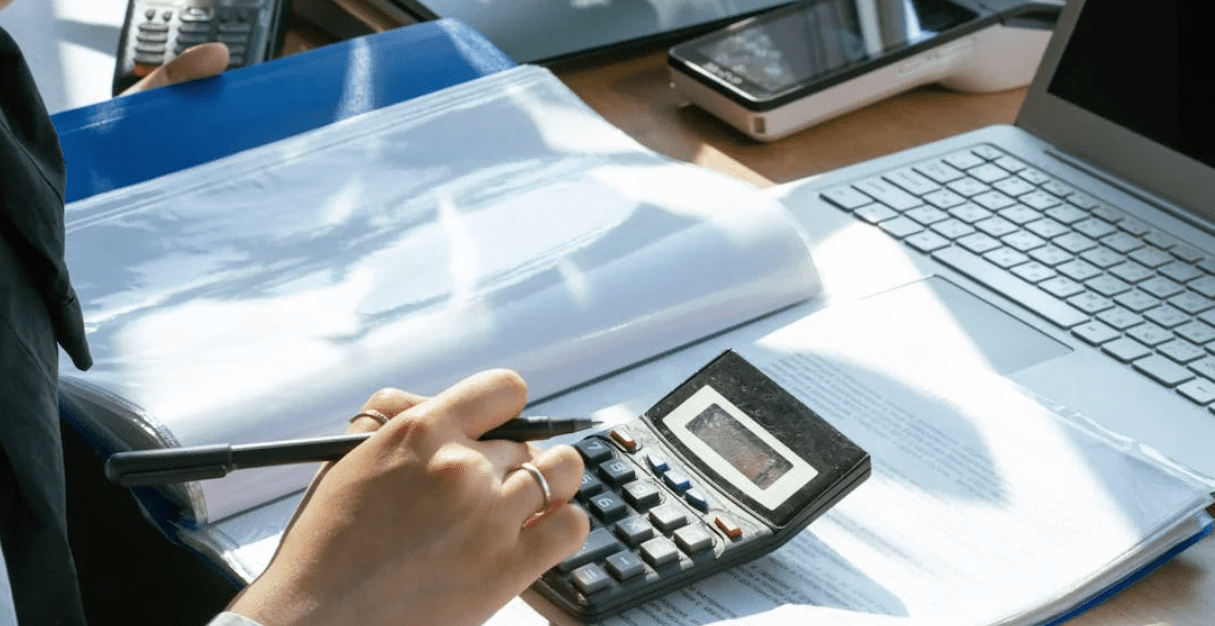Mastering the Lease Ledger: A Landlord’s Essential Tool
Mastering the Lease Ledger: A Landlord’s Essential Tool
Blog Article
What Is a Lease Ledger and Why You Need One
Checking tenant payments is one of the very important aspects of house management. Whether you are managing a handful of properties or an extensive account, maintaining an accurate what is a lease ledger guarantees economic visibility and simplifies payment tracking. But handling tenant funds effortlessly needs a well-structured approach. Here's a concise manual to setting it up right.

The Importance of a Lease Ledger
A lease ledger is essentially a financial history that trails rent payments, safety remains, late fees, and different tenant transactions. It provides as a main repository for many monetary interactions between landlords and tenants. Without a properly managed ledger, property managers chance miscalculating revenue, overlooking missed funds, or creating disputes with renters. An organized lease ledger helps eliminate these risks while maintaining professionalism.
Techniques for Effortlessly Checking Tenant Obligations
1. Employ Technology for Reliability
Manual record-keeping may possibly benefit just one property, but as the number of units develops, it becomes impractical. Leveraging electronic methods or easy spreadsheet templates can considerably increase accuracy. These resources usually enable you to automate repeating lease payments, make reminders for overdue balances, and produce studies instantly.
2. Create a Regular Structure
A lease ledger should follow a definite and regular format. At least, your ledger includes:
• Tenant names
• Due days
• Amounts compensated
• Fantastic balances
• Notes for any extra costs (e.g., preservation fees or late charges)
Standardizing this information ensures every record is uniform and easy to interpret.
3. Monitor Payment Status Regularly
Examining your lease ledger frequently ensures you remain together with late payments and can handle potential issues early. Set aside time each month to reconcile obligations received against what's recorded in your ledger. This training also assists in identifying developments, such as regularly late-paying tenants.
4. Keep in touch with Tenants Obviously
Accurate records mean small if tenants aren't knowledgeable of their cost obligations. Send reminders for impending book due times or update them on any exceptional balances. Distinct connection minimizes misunderstandings and encourages regular payments.
5. Report Everything
Every cost created, whether incomplete or whole, should really be noted promptly in the ledger. Tracking every exchange guarantees both sides have a reference position in case of disputes. Even small details, such as for example waived late charges or adjusted obligations, must certanly be joined to the record.

Final Feelings
An efficient lease ledger not only simplifies tenant payment administration but in addition provides reassurance for landlords and home managers. By adding obvious structures, leveraging electronic resources, and maintaining accurate records, you are able to establish a smooth system that reduces problems and develops greater tenant relationships. Begin controlling your obligations greater today and collection the foundation for long-term financial balance! Report this page